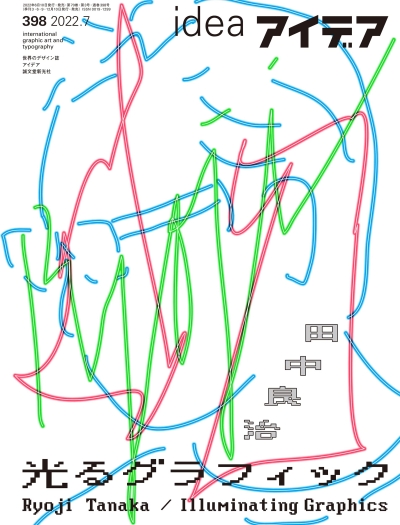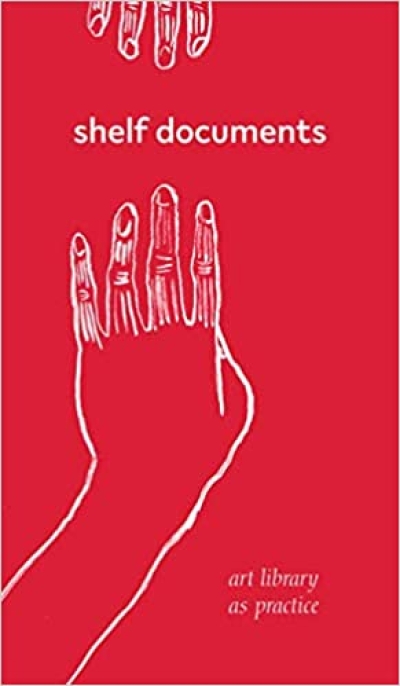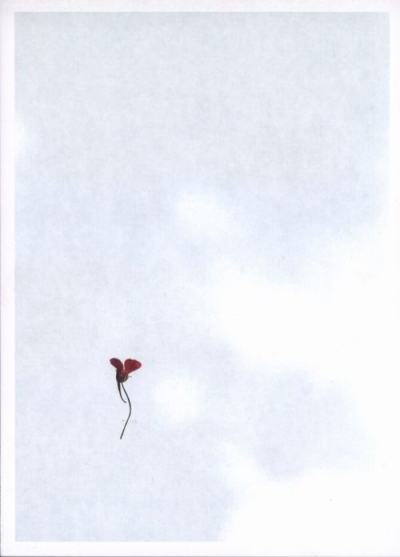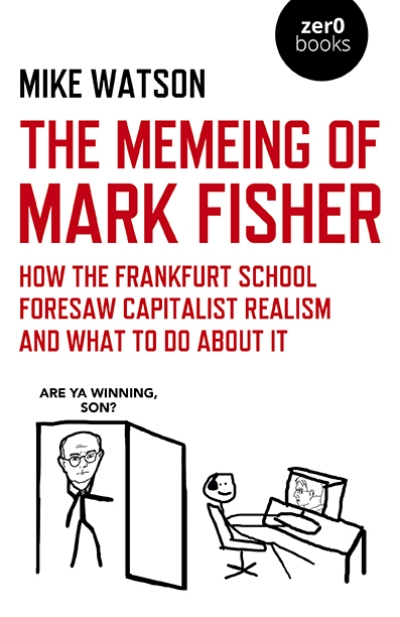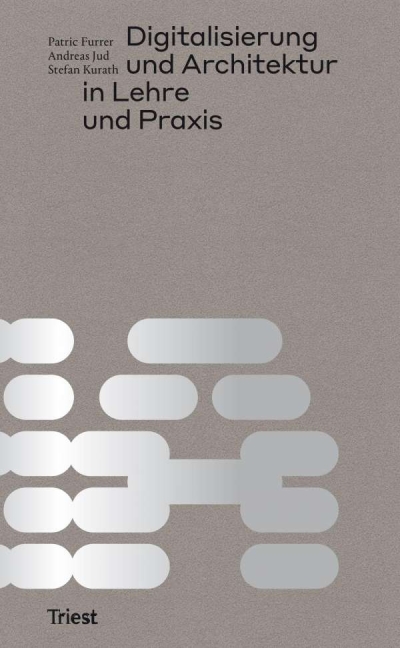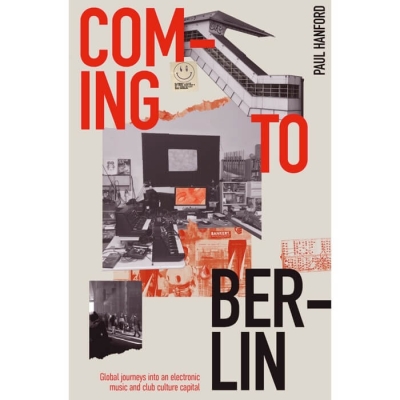
The good life: A guided visit to the houses of modernity
Mit «The good life: A guided visit to the houses of modernity» lädt Iñaki Ábalos, einer der wichtigsten spanischen Architekten der Gegenwart, zum Besuch von sieben ikonischen Häusern des 20. Jahrhunderts ein. Manche davon sind real, andere imaginär.
Die Auswahl repräsentiert verschiedenste Wohnkonzepte, von Mies van der Rohes Hofhäusern und Heideggers Hütte im Schwarzwald über Tatis imaginierte Häuser im Film «Mon Oncle» bis zu Warhols Künstlerkommune «The Factory» in Manhattan. Sie beruht auf klarer, archetypischer Zuordnung der Wohnorte zu einem bestimmten Lebensstil der Moderne. Ábalos analysiert diese aus dem Blickwinkel zentraler philosophischer Ideen. Er zeigt Querverbindungen auf zwischen architektonischen Konzepten, philosophischen Schulen und unterschiedlichen Herangehensweisen an das Planen, Bauen und Bewohnen von Räumen. Er offeriert nicht einen Leitfaden zum Wohnungsbau, sondern vielmehr einen intellektuellen Zugang zu den Ikonen des Wohnens. Das Buch fokussiert auf die radikale Pluralität des 20. Jahrhunderts, anstatt die Moderne als Triumph des Positivismus zu feiern.
Diese aktualisierte Neuausgabe des 2001 erstmals bei Gustavo Gili erschienenen, vergriffenen und antiquarisch gesuchten Buchs macht Ábalos’ wichtigen Beitrag zum immerwährenden Diskurs um Wohnkonzepte wieder zugänglich.
What is the role of architecture if not to realize a shared vision of the “good life,” a vision that in the age of architectural modernism shaped—and was shaped by—a range of ideas about the home? With The Good Life, Iñaki Ábalos serves as our guide for a tour of seven iconic twentieth-century homes that represent various concepts for living. Some of the homes were actually built, while others were merely planned, painted, or created as part of a film set. We see Mies van der Rohe’s House with Three Patios, Martin Heidegger’s cabinin the Black Forest, Picasso’s Villa La Californie in Cannes, and the New York loft that Andy Warhol called the Factory. From the ultramodern geometric houses and gardens in Jacques Tati’s Mon Oncle, we travel to the famed hobby-kit house in Buster Keaton’s One Week and on to the sunny swimming pool and home in David Hockney’s painting A Bigger Splash. Ábalos takes readers through the key philosophical precepts that likely guided the creation of these homes, making insightful points about the relationship between ideas about a particular modern way of living and approaches to architecture and design. What he concludes is that modernism marks less a coherent triumph of positivism, as is often assumed, than a loose celebration of the radical pluralism of the twentieth century.
New and revised edition of Iñaki Ábalos’s highly acclaimed book on seven iconic 20th-century houses, some of them actually built, others merely imagined or realized as film sets.
A fascinating work by one of Spain’s most prominent architects, this new edition presents a powerful picture of the concerns that guided the course of architectural modernism.
